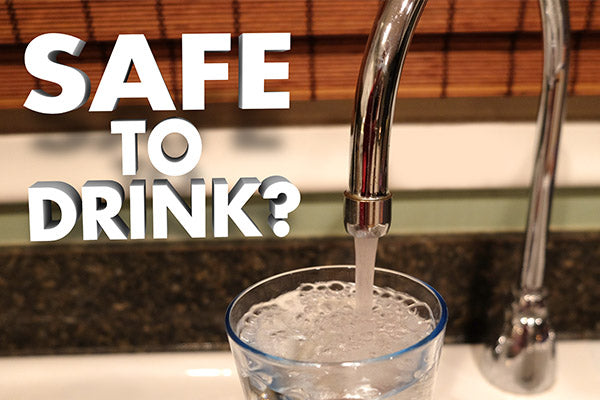The benefits of a spring water filter include taste improvement and removal of harmful substances including lead and bacteria from the drinking water. Furthermore, you can also get rid of rust particles and other microorganisms. Even though bottled water is easily accessible and is a quick solution for your water needs, it isn’t necessarily more sustainable. In the long run, water filters are an economical solution.
A massive number of brands are available in the market offering numerous products. Choosing between
these options can be challenging. However, you cannot compromise your family’s health by choosing an inefficient filter system. Therefore, this article will help you understand the benefits of installing a spring water filter system with your faucets.
What is Spring Water Filter
When you live in a small community or a village, you only have access to spring water for drinking purposes. Natural spring water is a healthy option, but the water you receive now may be contaminated. Therefore, people choose the option that suits their pocket and meets the safety standards. In this article, you will understand what the two most effective spring water filters are and how they work to provide you with safe and clear water.
What is Reverse Osmosis
You can use reverse osmosis to filter spring water or feed water. A reverse osmosis water purification system includes a semi-permeable membrane that separates the contaminated water from water with fewer particles. Due to the pressure, the water flows to the less concentrated side with fewer contaminants while crossing the RO membrane. This way, you get access to clean and pure drinking water. Experts refer to the spring water extracted from reverse osmosis as permeate and the concentrated water as brine or waste.
The main purpose of the semi-permeable membrane is to block contaminants. It includes small pores that block the particles and let water flow through them. During osmosis, the concentration of water increases as it flows through the membrane. This maintains the equilibrium between the two sides. On the other side, the process is completely opposite during reverse osmosis. In this process, the membrane does not allow contaminants to pass through its small holes.
How Reverse Osmosis Works?
The reverse osmosis system separates the chlorine and sediment from the water. This process works with a pre-filter as it forces the water through the RO membrane removing all the solid particles. Once the membrane flows through, a post-filter will polish the drinking water even further, offering you safe and healthy drinking water.
After passing through the post filter, the water enters your faucet. There are different types of reverse osmosis systems depending on the number of pre-filters and post-filters. For instance, a four-stage reverse osmosis system by Filter Smart offers ultra-purified water through its four filtration phases.
What is a Whole-House Filtration System
A whole-house or point-of-entry filtration system includes different functionality and features focusing to remove the contaminants from entering your water connection. The reason to refer to this system as point-of-entry is that you install it to the main water line. This system ensures that every drop of water entering inside your house is pure and clean.
How the Whole House Water Filter System Works?
A whole house water filter is a multi-stage system. It includes different stages of filtration and every stage ensures that you receive contaminant-free water.
Sediment Pre-Filtration
In the first phase of the filtration system, the water flows through a pre-filter. This filter is 5-micron sediment that blocks the larger contaminants such as silt, sediment, dirt, clay, rust, sand, and debris. Another benefit of this filtration stage is that it increases the lifespan of the system. As a result, you do not have to replace the media every month. Instead, you will find the need to change it after 1,000,000 gallons of water.
Mineral Filtration
After the sediment filter, the water passes through the second phase of the filtration process. This mineral filtration media eliminates the remaining heavy metals, chlorine, and bacteria from the water. Furthermore, it also eradicates minerals such as copper and zinc. For instance, the Whole House Water Filter combo by Filter Smart destroys the dangerous contaminants and pathogens.
Activated Carbon Filtration
Now the water enters the carbon-activated media and the KDF media. The filter media includes wide porous surface lining in with deep ridges. When the system activates, the filters generate tiny porous openings on the surface of the carbon. These pores are of different sizes. The water coming from the mineral filtration process enters these cavities.
The activated carbon works like a sponge and absorbs the remaining contaminants from the water. This process depends on the hydrophobicity of the water molecules. The hydrophobic substances combine with the carbon surface binding the organic contaminants, while the non-polar carbon surface holds the organic contaminants present in the drinking water.
Conclusion
Both tap water filtration systems are budget and environmentally friendly options. You will find these options convenient, healthy, and beneficial. If you are looking for an optimal spring water filter system, you can opt for any one of the above options.
This article also includes two certified and tested products by Filter Smart that ensure that you and your family have access to filtered and clean drinking water with better taste. You can immediately upgrade your water system by choosing a result-proven, salt-free, eco-friendly, and healthy water purification system by contacting Filter Smart.






